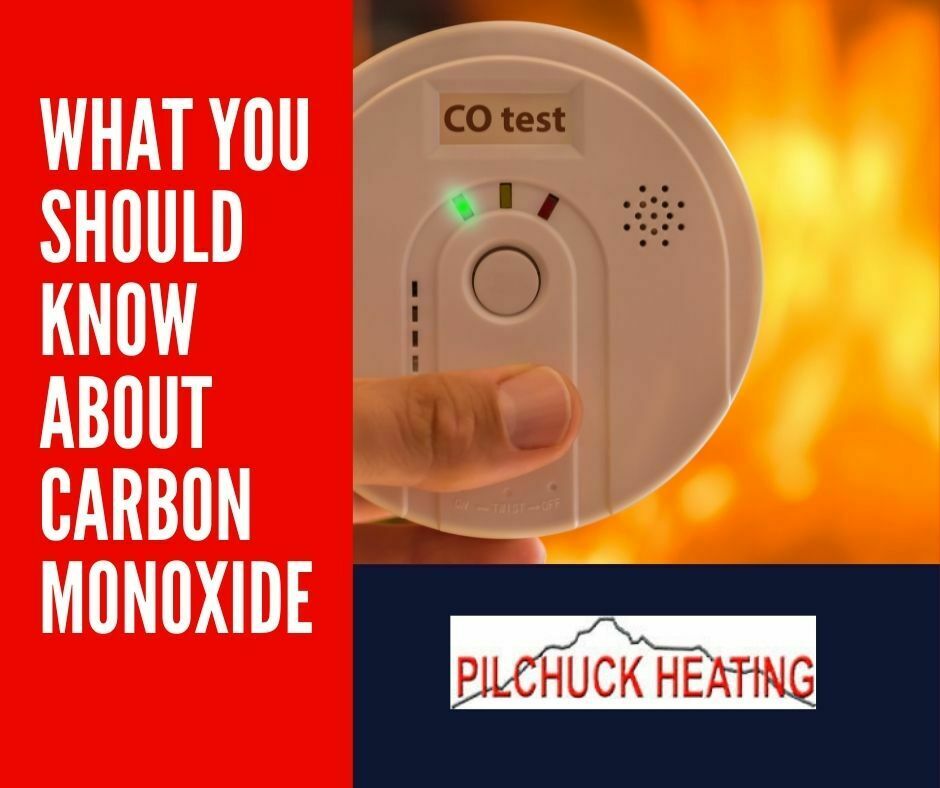Carbon monoxide is an odorless, colorless, and tasteless gas but it is extremely dangerous. It is produced when fuels are burned such as gasoline, natural gas, oil, wood, charcoal, and kerosene. Breathing carbon monoxide can reduce the blood’s ability to carry oxygen and can cause headaches and even death.
Naturally, most of us have some form of carbon monoxide creators in our house either from a wood-burning fireplace or our gas stove. This is why you should never operate generators inside of homes or in closed tight places where carbon monoxide can accumulate to dangerous levels. This gas is extremely poisonous when breathed in and it’s often called the silent killer because most people don’t even know they are breathing it as it is odorless, tasteless, and colorless.
Carbon monoxide or CO is a byproduct of incomplete combustion. Any fuel-burning device whether in your home or outside your home has the potential to produce dangerous levels of carbon monoxide gas. This is all types of appliances from automobiles to charcoal barbecue grills, fireplaces, gas stoves and water heaters, lawnmowers, space heaters, and non-electric fuel fired furnaces and fireplaces.
How to prevent carbon monoxide poisoning
You might think that why would such a dangerous gas be in just about everyone’s homes? Well, we’ve come up with some pretty good ways to protect most homeowners from carbon monoxide poisoning. All appliances must be installed according to manufacturer’s instructions and by professionals. Have your heating system checked and serviced at least once a year. Make sure vents and chimneys are clear and clean of any blockage and open flues when fireplaces are in use.
Don’t use generators or kerosene space heaters in enclosed places and never burn charcoal in an enclosed area. Never use portable fuel-burning camping equipment such as a propane stove or generator in a tightly sealed area such as your house or garage. Never leave your car or lawnmower running in a enclosed garage. Don’t operate unvented fuel-burning appliances and never use your gas stove for heating the house.
All of these items should be vented properly. But don’t worry, using your natural gas or propane range for a little bit of cooking from time to time is not going to do much. There’s enough circulation in most homes to prevent any type of poisoning.
Use a CO detector
Most homes are required to have some form of carbon monoxide detector in the house if there is natural gas or propane present. Having this alarm will warn you of any gas buildup. Plus, it’s typically heavier than the air so having a CO detector down towards the ground such as plugged in to a ground-level wall socket is one of the best ways to prevent any leaks.
However, carbon monoxide is almost identical in weight to normal air so it can mix freely. While a CO detector is perfectly fine just about anywhere in the house, don’t stress yourself out about putting it in the right location. Every home should be equipped with at least one carbon monoxide alarm near the sleeping area of the home. So put it in the hallway where most everyone that might be sleeping should be able to hear it.
What happens when the alarm goes off?
The alarm may go off if the levels become high but don’t panic. When it goes off most of the time they’re not life-threatening and don’t require calling the fire department. First determine if anyone is ill or has flulike symptoms, headaches, nausea, or dizziness. If the answer is yes, evacuate the house to a safe meeting place. Check to make sure that there is no gas burning appliances or equipment left on and ventilate the area by opening all the windows and doors. If you are unsure of where the leak is coming from, contact a professional.
For more information on HVAC Maintenance and systems in Snohomish County or replacing your heating and cooling system in your home or commercial building, contact Pilchuck Heating today.



